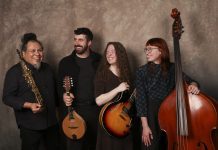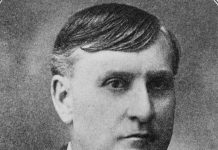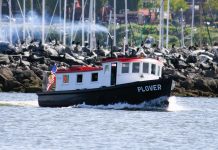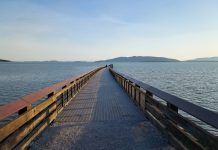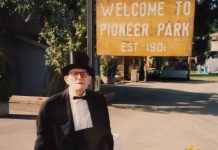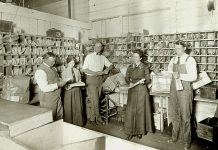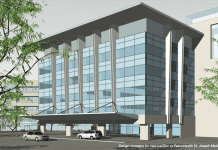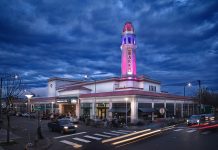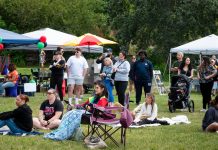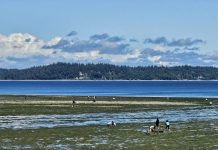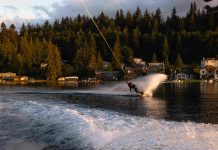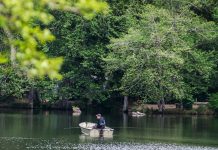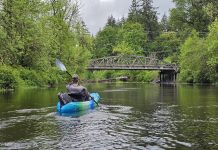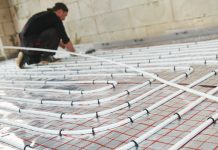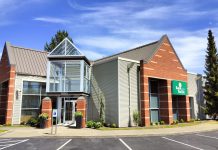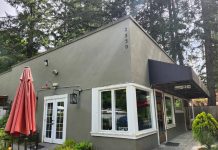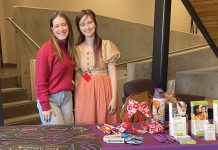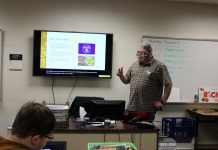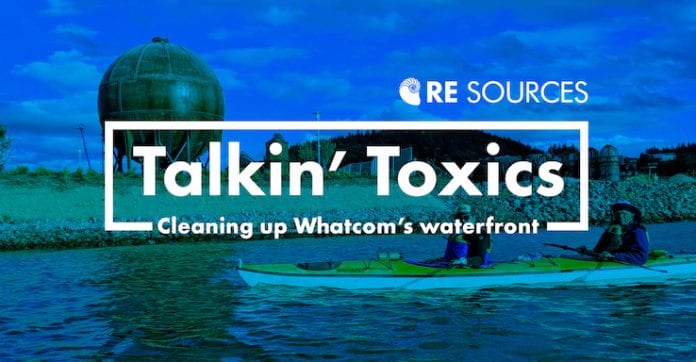2309 Meridian St
Bellingham WA 98225
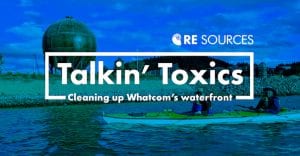
What’s going on with Bellingham’s waterfront? Learn how the state cleans up formerly-industrial sites and how your input can help shape their future.
NOTE THE DIFFERENT LOCATION FOR PART 2
Most Bellingham residents see all the unused, formerly industrial space along Bellingham Bay — but do you know how sites like these get cleaned up, and that you can have a say in all of it? How did part of the Pulp and Tissue Mill at G-P transform into Waypoint Park, home of the now-iconic acid ball? How could the large soil piles covered in white plastic you see from the South Bay Trail transform into a public park?
At this free two-part workshop, we’ll look into the tool Washington State uses to clean up contaminated places, called the Model Toxics Control Act (MTCA, or “Mott-cuh”), and how your input can help make these sites into valuable things like parks, fish habitat, business centers, or housing.
PART 1: Contaminated Site Cleanup Process Overview.
Location: RE Sources office, 2309 Meridian St, Bellingham
There are still about 6,000 known or suspected contaminated sites in the state. You’ll get an overview of the general toxic site cleanup process from site discovery to final cleanup and monitoring. Then, we’ll give you the tools to send in effective comments that the Dept. of Ecology can actually use to make the sites into something the community wants. Meet Ecology staff who can answer your questions during and after this workshop.
PART 2: Cleanup Actions and Public Comment on Contaminated Sites.
Location: Washington State Department of Ecology, Bellingham Field Office, 913 Squalicum Way, Unit 101. Located in back of the Squalicum Lofts business park in a shared building with Allsop Inc.
Ever wonder why sometimes all contaminants are not removed from a site? Or why certain cleanup options are selected over others? We will provide a brief overview of Part 1, and dive deeper into the cleanup process to help you better understand the range of cleanup alternatives presented in the Remedial Investigation/Feasibility Study. We will also cover meaningful public comments to help you apply your knowledge.
This product is funded through a Public Participation Grant from the Department of Ecology.





